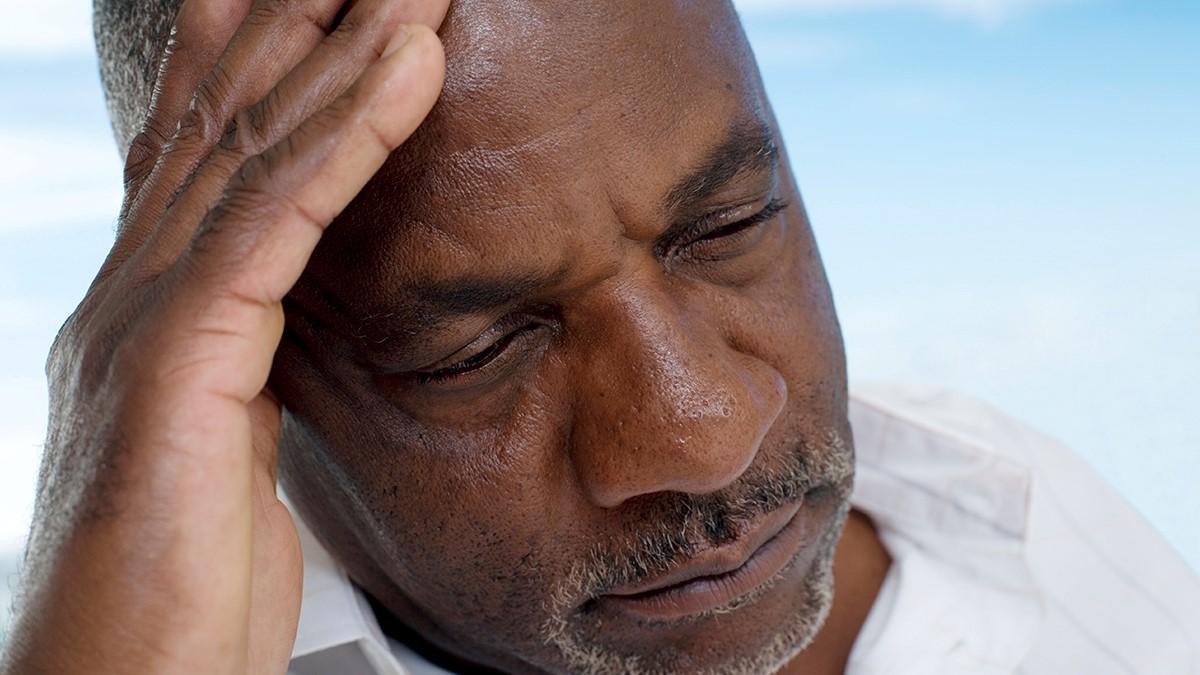The latest physio research on easing psychosomatic pain

A combination of acupuncture, physiotherapy and stretching may help to ease psychosomatic pain and improve quality of life, suggests a small comparative study of people with tension-type headache.
Previous research indicated that either physical therapy or acupuncture can ease the pain of tension-type headache, the disabling impact of which can be even greater than that associated with migraine, say the researchers.
They wanted to find out if a combination of these two approaches might be more effective in people with episodic (15 or fewer days a month) tension-type headache.
They looked at the effects of 10 sessions of either acupuncture or stretching two to three times a day in 20 patients. These findings were compared with a combination of acupuncture, stretching and physio –myofascial release and microwave diathermy – in 44 patients over a period of four weeks.
Levels of pain and disability, quality of life and catastrophising were assessed before, midway, and at the end of the 10 sessions using the Short Form McGill Pain Questionnaire, the Migraine Disability Assessment Questionnaire, the Hospital Anxiety and Depression Scale, the Short Form Health Survey, and the Pain Catastrophising Scale.
All the measures studied improved in both groups. Anxiety, depression and catastrophising scores fell sharply after 10 weeks, in line with what is known about the impact of pain reduction on psychological wellbeing. All participants cut down significantly their use of painkillers over the four weeks.
There were no significant differences between the two groups, possibly because of the small numbers involved and the short timeframe, say the researchers. But they found the effects were larger for most of the studied outcomes, including pain intensity, in the combination group.
And while there were no overall differences between the two sets of participants in the scores for the physical and mental components of the quality of life survey, the improvement in the physical component was greater among those in the combination group.
A larger trial over a longer period would be needed to tease out significant differences, if any, between the two approaches, say the researchers.
‘In clinical terms, the combination of physiotherapy with acupuncture and stretching or acupuncture and stretching alone are recommended both for the improvement of the physical and affective components of pain, but also of the psychological status of the sufferer,’ they conclude.
Georgoudis G, et al. The effect of physiotherapy and acupuncture on psychoactive, somatic, quality of life, and disability characteristics in TTH patients. Journal of Pain Research 2018:11 2527-35.
Exercise training may limit fall risk
Exercise training may help to curb the risk of falls in people who have, or have had, cancer, suggests a review of the available research. But the quality of the evidence is low to very low.
Cancer and its treatment can increase the risk of falls in people who have been diagnosed with the disease. But while exercise can reduce the rate and risk of falls in older people, and it improves quality of life and eases tiredness and pain in people who have had cancer, it is not clear whether it can curb their risk of falls.
To explore this further, the review authors searched for relevant clinical trials. They found 11 studies that compared exercise with usual care and which included a total of 835 people. All 11 studies looked at the potential impact of exercise on at least one of strength, flexibility or balance.
Several methodological flaws were identified in the design of each of the studies, including small numbers of participants – four included fewer than 30 people.
Only one study reported on the impact of exercise on unintentional falls. It found no difference in the number of falls between people who exercised and those who did not. But some measures of strength, flexibility and balance improved, which may reduce the risk of falls, say the review authors, although they add that the overall quality of this evidence was very low to low.
The lack of solid evidence makes it impossible to draw meaningful conclusions on whether exercise can curb the risk of falls in people who have or who have had cancer, and more high quality randomised controlled trials are therefore needed, they conclude. Williams AD et al. Cochrane Database of Systematic Reviews. Exercise for reducing falls in people living with and beyond cancer 2018.
Comments and conclusions
- In a survey-based study of nearly 22,000 Canadians, severe and/or frequent physical abuse and witnessing intimate partner violence during childhood were linked to higher risks of arthritis in adulthood even after taking account of a range of influential factors. Arthritis Care & Research 2018.
- Cataracts are associated with a 29 per cent heightened risk of developing osteoporosis or sustaining a fracture, indicates a comparative study of nearly 115,000 Taiwanese adults. During the monitoring period of nearly 6.5 years, 17,450 people with cataracts developed osteoporosis/fractures compared with 12,627 who didn’t have the eye condition. Cataract removal was associated with a 42 per cent lower risk of osteoporosis or fracture. Journal of the American Geriatrics Society 2018.
- Daily sets of heel raises plus physical activity, such as walking at least three times a week, may be an effective addition to the treatment of venous leg ulcers, suggest the findings of a systematic review and pooled data analysis of five clinical trials involving 190 patients. JAMA Dermatology 2018
Number of subscribers: 3




































